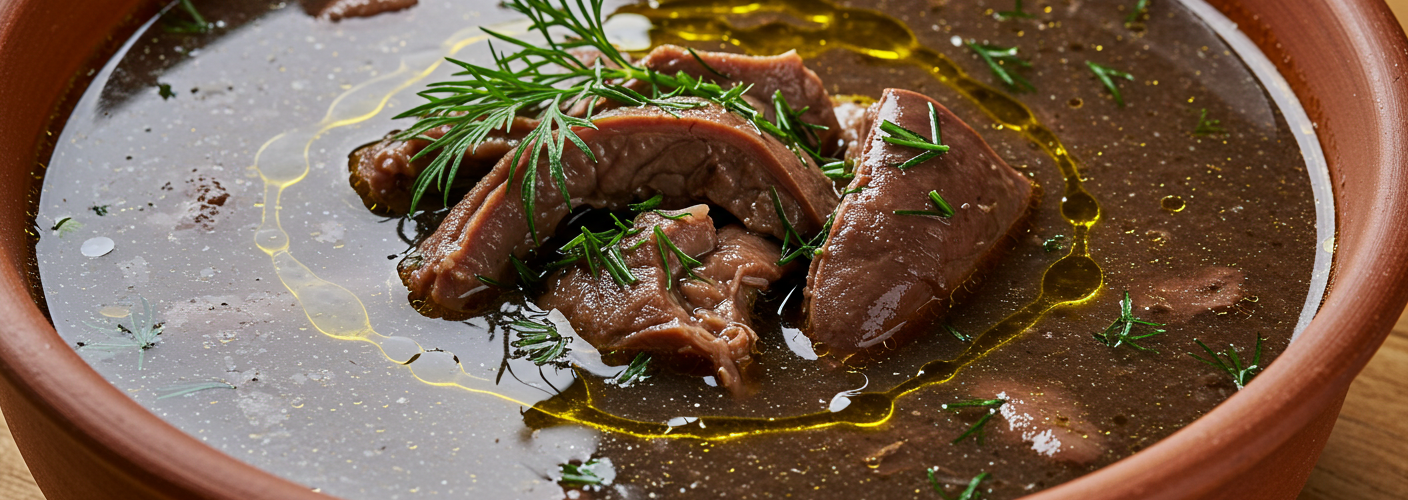As the Greek Orthodox Easter approaches, homes filled with families gathering to celebrate also welcome the enticing aroma of Magiritsa, a traditional soup that has become as much a part of the festivity as the Easter feast itself. This fragrant and hearty soup, made predominantly from lamb offal, represents not just a culinary delight but a deep-rooted cultural legacy.
Magiritsa’s origins are steeped in history, traditionally served on Holy Saturday night, right after the midnight resurrection service. It is believed that the soup is intended to break the Lenten fast, providing nourishment and comfort before the grand Easter meal that follows. While recipes may vary from region to region and family to family, the essence of Magiritsa remains the same, symbolizing renewal and the joys of togetherness.
At first glance, the idea of using lamb offal might be daunting to some. However, it is this very ingredient that imbues the soup with its distinctive flavor and texture. Key components typically include lamb liver, lungs, and sweetbreads, all of which are gently simmered in a flavorful broth. The preparation is often complemented by aromatic herbs and fresh greens, such as dill and spinach, adding layers of taste and nutrition.
One of the unique aspects of Magiritsa is its blend of flavors and textures. The offal, when cooked properly, becomes tender, providing a rich and savory base. The addition of lemon enhances the dish with a refreshing tang, cutting through the richness of the lamb. Furthermore, this soup often features rice or a variety of grains that contribute a satisfying heartiness, making it a fulfilling dish, perfect for a late-night meal after a long day of fasting and prayer.
For those venturing to make Magiritsa at home, mastering the art lies in using fresh ingredients and adhering to some traditional practices. The preparation begins with cleaning the offal meticulously, a step that ensures the soup’s delightful flavor shines through without being overpowered. Once cleaned, the offal is simmered with onions and garlic, allowing the savory notes to permeate the broth. As the soup cooks, herbs and greens are added towards the end to maintain their vibrant color and nutritional value.
While the preparation may seem intricate, the communal aspect of preparing Magiritsa is where the magic truly happens. Families often come together in the kitchen, each member contributing their own touch to the recipe, creating bonds over a shared heritage and culinary experience. This process builds familial ties and passing down these traditions helps foster a connection to one’s roots.
As we navigate modern life, the significance of such traditional dishes becomes even more poignant. Magiritsa serves as a reminder of our cultural identities and the importance of our shared heritage. Whether you’re sharing it with loved ones or discovering its flavors for yourself, each bowl of this evocative soup carries with it the warmth of Greek hospitality and the joy of celebration.
In conclusion, Magiritsa is not merely a dish; it represents a rich tapestry of cultural tradition, family, and the spirit of Easter. This beloved soup, with its origins in ancient customs, continues to enchant and nourish those who partake in its warmth, year after year, bringing families together in joyous celebration of life and faith.




Add comment